Your project’s success depends on the satisfaction of your project stakeholders. Sometimes, you may have completed the project, and the client may have accepted the deliverables. However, the project cannot be considered successful because some stakeholders were not happy with the result.
Stakeholder satisfaction is a must for successful project completion.
You might be wondering about the stakeholders in project management and whom you must satisfy for the successful completion of your project.
I am writing this blog post to answer these queries, and I hope to clear up any doubts you may have about project stakeholders.
Stakeholders in Project Management
Definition: According to the PMBOK Guide, “A stakeholder is an individual, group, or organization who may affect, be affected by or perceive itself to be affected by a decision, activity, or outcome of a project.”
Put more simply: a stakeholder is a person, a group of people, or an organization that is interested in your project or is affected by its outcome, directly or indirectly. It may include project team members, project sponsors, and people outside your organization.
Small projects have a few stakeholders; however, larger projects have many stakeholders, including communities and/or the public. In these cases, managing stakeholders can be challenging.
For example, a dam construction project has many stakeholders. The governments, local authorities, the population that will be displaced, the population continuing to reside near the dam, environmentalists, the project management team, higher management, etc., are a few examples of stakeholders.
Not all stakeholders are equal. Everyone has different requirements and expectations. You should treat them each according to their individual requirements and expectations. Failing to do so can jeopardize your project’s success.
If you understand stakeholders’ expectations and requirements, your chances of success increase. Overlooking any important stakeholder can make the situation difficult for you later. It may cause a delay in the project, cost overrun, and in the most severe cases, abrupt project termination.
Stake of Stakeholders
A stakeholder can have the following stakes in the project:
- Stake Based on Interest: Certain individuals may have a vested stake in a project based on interest. For instance, communities within the buffer zone of a pipeline project will certainly be interested in its success. The project team must acknowledge this and plan to manage their concerns. So, the community dwellers in these cases are stakeholders. A testament to the importance of this is the example of a major highway project in Pittsburg, USA, which was rerouted to avoid demolishing a historical church.
- Stake Based on Rights: These rights could be legal or moral. Safe working conditions cannot be compromised. Failure can result in loss of person-hours or additional fines. Some organizations use slogans like “no harm to people and no harm to the environment” to promote their moral rights to stakeholders. Your project activity must not affect people’s rights to safe and healthy living.
- Stake Based on Ownership: This includes shareholders with a legal title to the asset. For example, high-level executives, boards of directors, co-owners in a joint venture partnership, and more. Their expectations must be provided for. According to a survey, “33% of projects fail because of a lack of involvement from senior management.”
- Stake Based on Knowledge: The project manager leverages subject matter experts, consultants, or other professionals to achieve the project objective. These individuals have a knowledge stake in the project. Their role cannot be ignored; otherwise, you have a poor-quality deliverable.
- Stake Based on Contribution: You must facilitate the seamless flow of materials and resources. In this goal, the human resources or supply chain department can help. They have a contribution stake in the project as more of a support service. The IT department and the Project Management Office (PMO) are contributory stakeholders.
Types of Stakeholders in Project Management
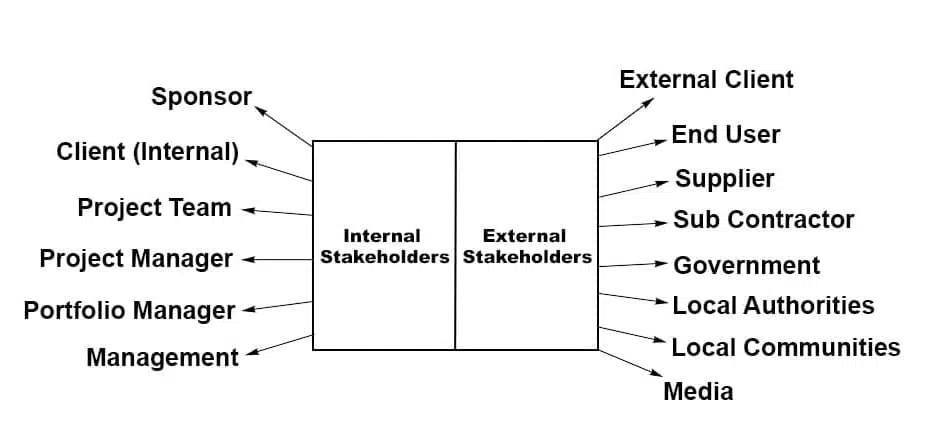
Project stakeholders can be grouped into two categories:
- Internal Stakeholders
- External Stakeholders
Internal Stakeholders
Internal stakeholders are within the organization. They are directly involved with the project or work with the organization managing the project.
Example of Internal Stakeholders
- A sponsor
- An internal customer or client (if the project is for an internal need of an organization)
- A project team
- A program manager
- A portfolio manager
- Management
- Another group’s manager (e.g., functional manager, operational manager, admin manager, etc.).
These stakeholders generally have the highest interest in the project’s success.
External Stakeholders
External stakeholders are outside the organization. They are not directly involved with the project but indirectly affected by the project or its outcome.
Example of External Stakeholders
- An external customer or client (if the project is a result of a contract)
- An end user of the project’s outcome
- A supplier
- Subcontractors
- The government
- Local authorities
- Local communities
- The media
As you can see, external stakeholders include clients, governments, and local authorities, which are powerful entities. Therefore, you must manage them carefully.
Positive Stakeholders and Negative Stakeholders
Stakeholders can be positive or negative.
A positive stakeholder sees the project’s positive side and benefits from its success. These stakeholders help the project management team to complete the project successfully.
On the other hand, a negative stakeholder sees the outcome and may be negatively impacted by the project or its outcome. This type of stakeholder is less likely to contribute to the project’s success.
Many professionals think competitors are negative stakeholders, as your project also affects them.
However, competitors are not negative stakeholders because you can only manage your stakeholders proactively to complete your project successfully, but you do not have the ability to manage or fulfill your competitors’ requirements.
As we have seen in the earlier example, the public can be a stakeholder. In this case, it would be impractical to manage the whole population, so you will consult public figures or leaders to understand their requirements and expectations.
Mining, environment, road, railway, and dams are all examples of projects that involve the local population as stakeholders.
You should identify your stakeholders at a very early stage in the project and record them in the stakeholder register.
Some stakeholders will have low interest or influence on your project. You should keep them on a watch list for monitoring because you don’t know when they could become influential stakeholders.
Identifying Stakeholders for Projects
Identifying project stakeholders is the first task after signing the project charter. This process ensures that all project stakeholders are identified so you can collect the requirements, develop a project management plan, and design a strategy to manage these stakeholders.
Roles of a Stakeholder
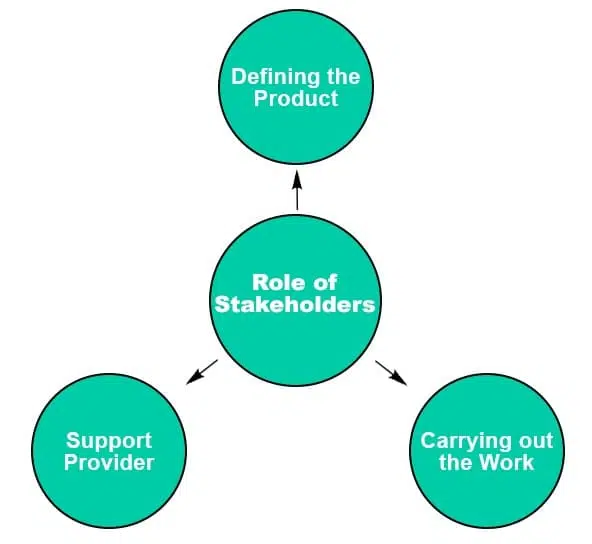
The project’s existence is because of stakeholders. They are the end user of the product, provide support to carry out the project, and execute the project.
The roles of stakeholders in a project are as follows:
Defining the Product: Stakeholders are the end user of the project deliverable. So, as a project manager, you will collect the product requirement from them to build your project scope of work.
Support Provider: In the form of project sponsor and management, stakeholders provide all necessary support to the project manager to complete the project.
Carrying Out the Work: Project team members, who are the key group of stakeholders, carry out the work and complete the project.
How to Manage Project Stakeholders
To manage your project stakeholders, follow the steps below.
#1. Identify Stakeholders
This is the key process, and you should start identifying your project stakeholders after the project charter is signed.
You can start reviewing project documents such as the project charter, procurement documents, agreements, and previous checklists. Some useful tools and habits include brainstorming, facilitated workshops, interviews, etc.
#2. Stakeholder Analysis
After identifying stakeholders for your project, you should analyze them to find their interests and influence on the project.
For stakeholder analysis, you can use the salience model, power/interest grid, or another suitable method.
#3. Prioritize Stakeholders
After analyzing project stakeholders, you must prioritize them according to their power and interest in the project.
Prioritization will provide information on stakeholders who require more attention or who can be ignored.
#4. Develop Stakeholder Management Plan
You will develop your stakeholder engagement plan based on the information collected. This plan will provide you with information on how to handle each stakeholder.
An influential and powerful stakeholder will receive more attention than a low-power and low-interest group of stakeholders.
Importance of Stakeholder Management
Stakeholder management helps you keep a healthy relationship with your stakeholders, understand their requirements, and fulfill their needs. It helps engage them throughout the project life cycle.
If your stakeholders are satisfied, you can complete the project smoothly. Unsatisfied stakeholders can create a hindrance, and this can affect your project objectives.
Stakeholder Vs Shareholder
Stakeholder and shareholder are different terms, though many professionals confuse these terms with each other.
A stakeholder is a person or group with any interest in the project or is impacted by its outcome. On the other hand, a shareholder has invested in the project or the business. All shareholders are stakeholders, but not all stakeholders are shareholders.
Summary
Stakeholders are individuals or a group of individuals who are affected by the project or have an interest in it. It is important to identify stakeholders at the beginning of the project and develop a strategy to manage them and their requirements. This will help you complete the project with minimal obstruction because obtaining their positive involvement with your project will render the support you need.
This topic is important from a PMP certification exam point of view; you will come across many questions on this topic.

I am Mohammad Fahad Usmani, B.E. PMP, PMI-RMP. I have been blogging on project management topics since 2011. To date, thousands of professionals have passed the PMP exam using my resources.


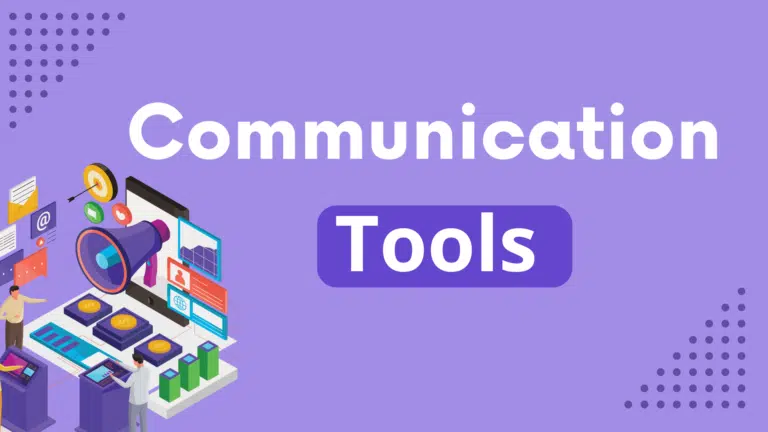
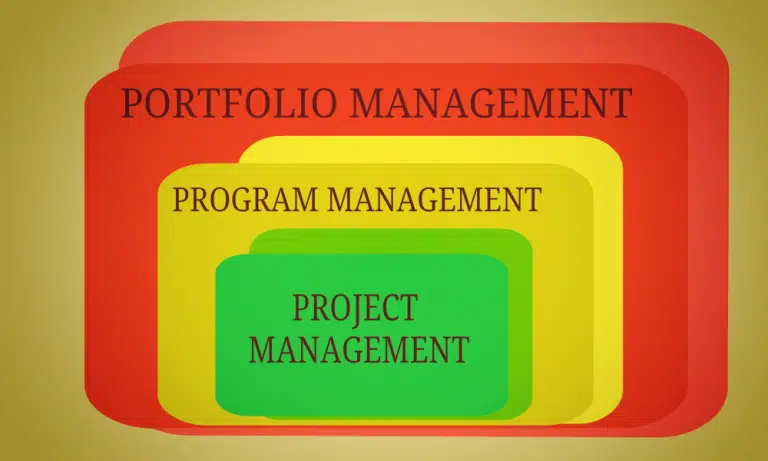

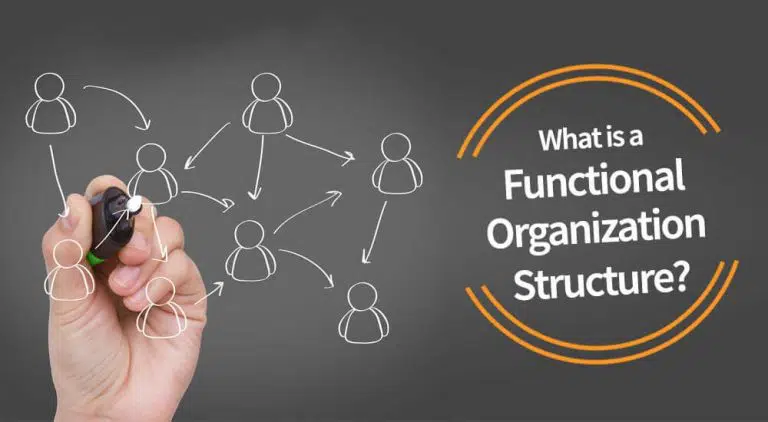
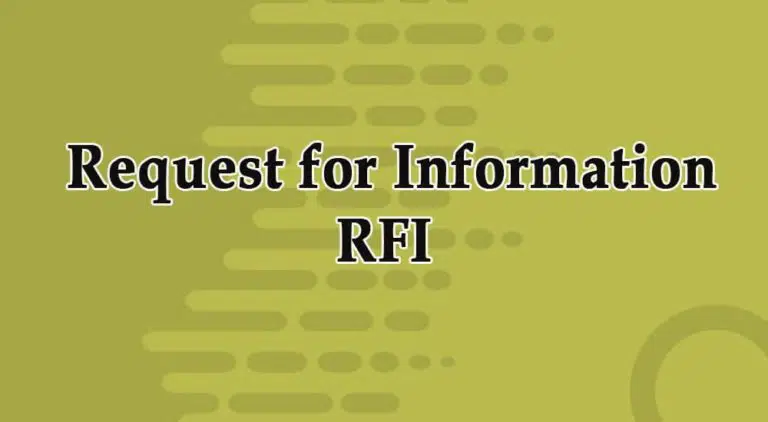
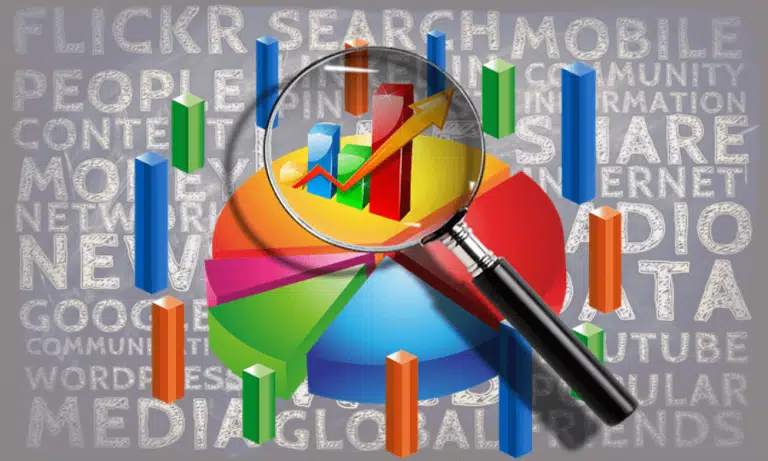
page number of document?
for refrences
Hello Ali, you can refer to the stakeholder management knowledge area in the PMBOK Guide.
can you explain types of stakeholders in terms of 1) neutral stakeholders 2) Supportive stakeholders 3) leading stakeholders 4) Influencing stakeholders
Hello Asfand, please read the following blog post:
https://www.projectengineer.net/guide-to-stakeholder-management/
how do you know those stakeholders?? Is it just something like assume or create a persona?
If they are impacted by your project, then they are your project’s stakeholders.
help me
Hello Farah,
How I can help you?
:Project stakeholders are categorized in to three types.
Really great article that’s helped me a lot today with my studies. Thank you. Researching shareholders next!
You are welcome Sam.
What are the deliverables of the project?
A deliverable is a tangible or intangible good or service produced as a result of a project that is intended to be delivered to a customer (either internal or external). A deliverable could be a report, a document, a software product, a server upgrade or any other building block of an overall project. (Source: Wikipedia)
What is the background of the project ?
Please read the following article:
http://www.mymanagementguide.com/project-background/
Who are the key stakeholders
For example, client, top management, any government department, etc.
I need to know whether Project Manger is also a stakeholder or NOT .
Pl explain.
Yes, the project manager is a stakeholder because it is his or her project.
Its very useful article & informative but there is no elaboration on negative and positive stakeholders..!
Hello Talat,
I will include it in the next update of this blog post.
I am preparing for the CAPM exam, I was wondering if you could guide or give out some tips that would benefit me in preparing for the exam. Your guidance will be greatly appreciated.
Thank you.
Do you have any project management experience or planning to attend a training?
Thanks fahad for this article, pls can u direct me to a Web site where i can get ” The role of user as stakeholder in project management process”.
You can search on Google. I don’t have any resource with me.
This is superb contributions to PM student, but what of categories of stake holders, as antogonistic, low priority as well as supportive stake holders taught by my lecturer???
You can define how are you going to classify stakeholder in your project management plan and go for it.
Hello, I am a student and this is really beneficial for me.
Just wanted to know if you could give me the questionnaire of this research it would be really helpful.
Sorry Kinan, I don’t have it.
Please what are the modalities that must be established for a group creativity problem solving?
Please read following article published on projectmanagement.com
https://www.projectmanagement.com/blog-post/8359/Group-Creativity-Techniques-to-Collect-Requirements-
Very informative article,thanks fahad
You are welcome Tylor.
Very well written
You are welcome Karan.
Fahad, Very scholarly piece on Stakeholders in PM. I enjoyed reading it.
Thanks Vijay for your comment.
Dear Mr. Fahad
If i still have some invoices not paid to the seller , is this mean the project still not closed ???
Thanks
You have to close all procurement contracts before closing the project.
Thanks FAHAD..
you shared a useful knowlede..
Thanks for your comments Saddam.
I think it date is very helpful for me to prepare my presentation..
Thanks Umair for your comment.
Stakeholders are classified according to: Power, Influence, and what others?
Hope this will clarify your doubt:
https://pmstudycircle.com/2012/06/stakeholder-analysis-stakeholder-management-strategy/
we need the positive impacts of involving stakeholders in projects
We also need to manage negative impacts of stakeholders..
it a wonderful article, has helped me a lot
thanks
You’re welcome Koech.
that was wonderful, will real assist,
thanks you
It’s like you’re on a misoisn to save me time and money!
:)
Real concise and comprehensive.
Thanks
You are welcome Merle.
One of the best explanations and easy to understand, Thankyou for posted that data for guiding us!
keep posting all relevent material of Project managemnet.
Thanks Sumair for you comment.
VERY USE FULL ARTICLE
Thnx
You are welcome Sadham.
That was a really helpful piece of writing, gonna help me out with my college report a heep!
Cheers!
I am glad that you find it useful.
You need to separate true stakeholders from project team members and SMEs. The true stakeholders are identified through understanding the organisation, operating model and also related dependent projects.